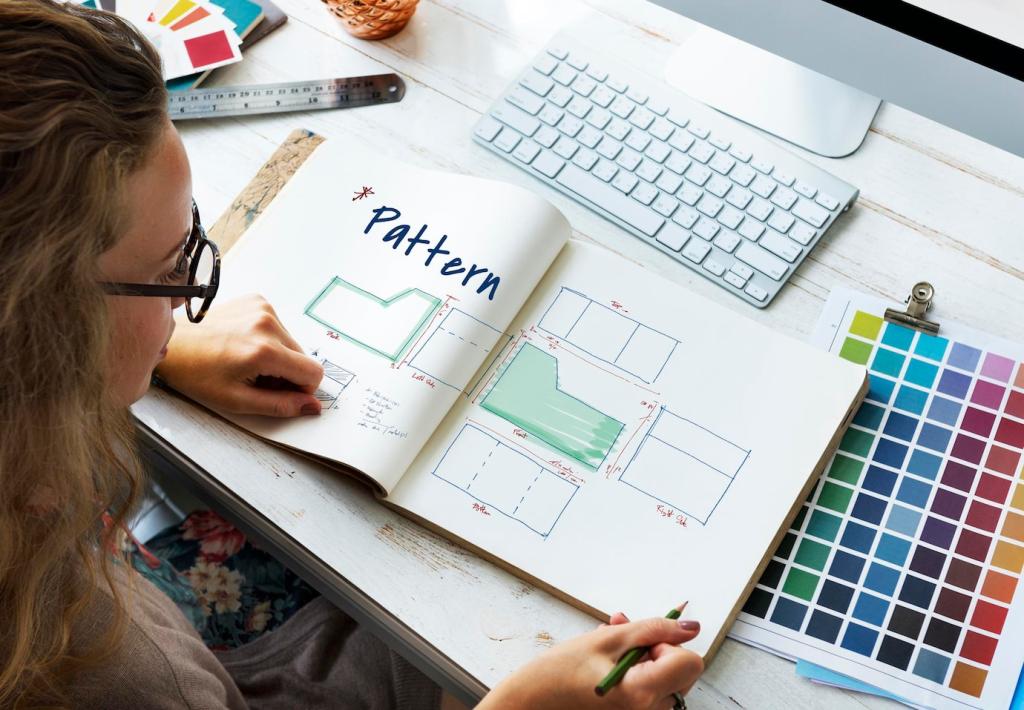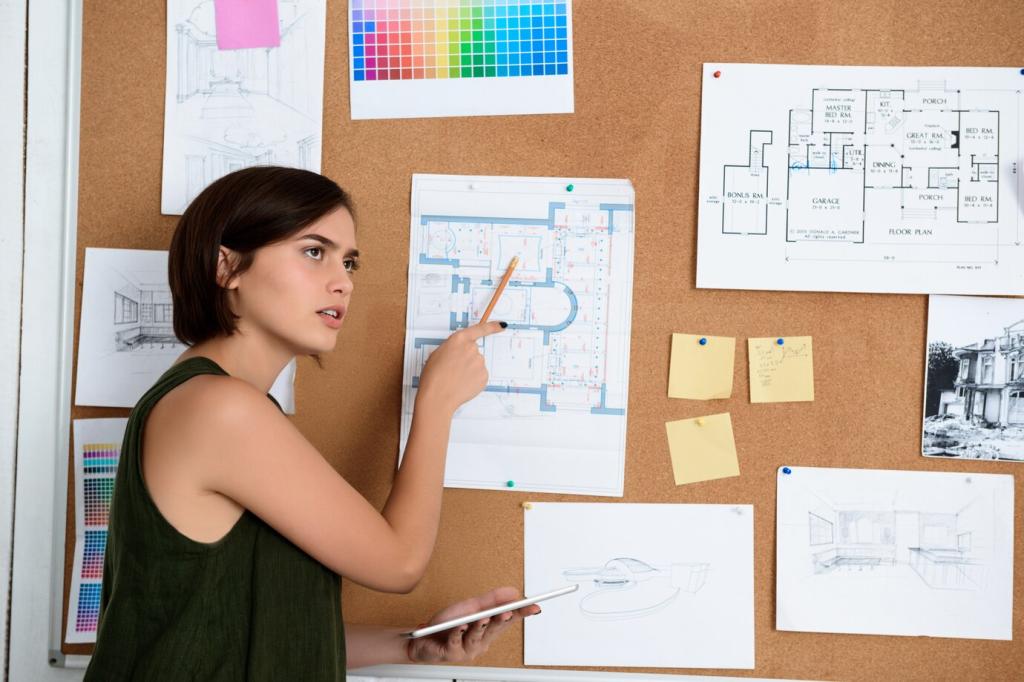Furniture Tips for Scandinavian Meditation Areas
Welcome to a gentle guide devoted to Furniture Tips for Scandinavian Meditation Areas—calm, light, and human-centered ideas that help you shape a restorative space you’ll return to every day.


Neutral colors that invite deep breathing
Choose whites, soft greys, and muted beige with a touch of warm sand to calm visual noise. These hues reflect daylight gently, encouraging slower breaths while making modest furniture feel thoughtful rather than sparse.

Natural woods, honest finishes
Favor light oak, birch, or ash with matte, water-based finishes. The soft grain reads as warm rather than busy, and the non-gloss surfaces minimize reflections, helping the mind rest on texture and breath instead of glare.

Soft textures, restrained layers
Add a single wool throw, a linen cushion, and a jute rug to anchor the floor. Keep layers minimal so each piece can be felt and appreciated, supporting presence rather than pulling attention in multiple directions.
Choose Seating That Supports Stillness
Low-profile stools and benches
A low, stable oak stool or simple bench with a slight seat tilt supports an open chest and relaxed spine. Pair with a slim sheepskin for warmth, and invite readers to share their favorite seat height in the comments.
Floor cushions with Nordic sensibility
Opt for firm kapok or buckwheat-filled cushions in undyed linen covers. Their natural give keeps hips comfortable while remaining tidy and shapely, matching Scandinavian restraint without losing the cozy, human touch.
An anecdote: the quiet power of a small oak stool
I replaced a bulky lounge chair with a hand-sanded oak stool, and morning meditation finally stopped feeling like a project. The pared-back shape removed excuses, and the cool wood reminded me to sit, breathe, and begin.


Clutter-Free Storage That Vanishes
A narrow wall-mounted cabinet hides candles, incense, journals, and timers. Push-latch doors avoid visible hardware and rattling handles, turning functional storage into a quiet backdrop that lets your mind focus inward.
Clutter-Free Storage That Vanishes
Reserve a slim oak ledge for one or two meaningful objects: a small bowl, a simple stone, or a single sprig in a ceramic bud vase. Limiting display strengthens intention and reduces visual decision-making before practice.
Light, Sound, and Air in Harmony
Lamps and shades that soften the gaze
Choose a low, warm lamp with a linen or paper shade placed to the side of your seat. Indirect illumination avoids harsh shadows and makes every wood grain read as a gentle pattern rather than a visual distraction.
Acoustic helpers disguised as decor
A wool rug, upholstered bench cushion, and linen curtains absorb echoes that can feel strangely loud in quiet rooms. If possible, add a cork stool or felt wall panel, and tell us which piece improved your hush the most.
Breathable arrangement and plant stands
Keep low furniture clear of vents, and use slender plant stands to lift greenery without crowding the floor. This maintains airflow, widens sightlines, and nudges the room toward the freshness you want to feel in your chest.
Layouts That Flow Like Breath
Face your seat toward a calm anchor: a small shelf with a candle, a window framing sky, or a clean-lined side table. An intentional focal point reduces wandering eyes and encourages your mind to settle in place.
Layouts That Flow Like Breath
Use a modest wool rug under the seat and a compact round table beside it to define a meditation zone. The circle softens edges, and the textile outlines where your body arrives, practices, and gently departs.





Join our mailing list
